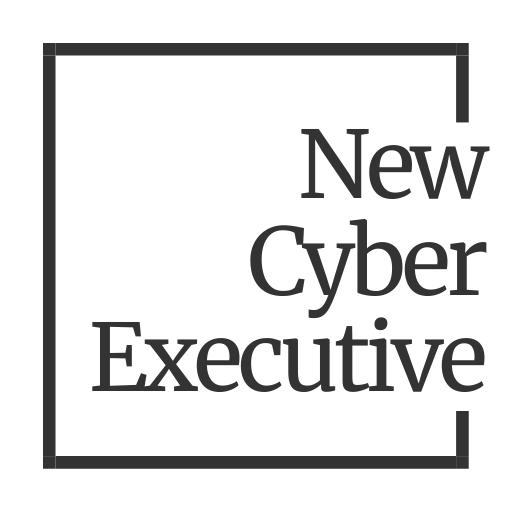Team Strategy: Solving the Internal-External Crux
The Real Challenge
For most security teams, the biggest obstacles are not external threats. They are internal barriers that drain momentum and limit influence:
Leaders unsure of the team’s true role in business decisions
Priorities that compete or conflict across cyber functions
Assumptions that security’s work is purely operational
These conditions keep security in a reactive posture, where relevance must be argued for instead of assumed. What’s missing is not another playbook. It’s a shift in how the team is positioned so its value is felt in every decision that matters.
Before and After
Before:
The team’s contributions are sidelined by fragmented priorities and unclear positioning
Contributions are noticed only when problems appear
Key decisions on growth, risk, or change happen without the team’s input
After:
The team’s role is naturally embedded in leadership priorities and trade-offs
Security perspectives are part of core business discussions from the start
Decisions already account for security without requiring a separate case to be made
Finding the Crux
Team strategies often stall when they confront entrenched enterprise narratives head-on. The better path is to reshape the conditions that sustain them. Through targeted reframing, shifts in context, and well-placed points of influence, we make those narratives obsolete without ever engaging them in a fight.
Shaping Perceptions and Decisions
Strategies fail when they expect executives to adopt a “security” mindset. Instead of chasing alignment that collapses under competing agendas, we integrate the team’s value into the environment where leadership decisions happen, so security becomes part of the default logic of the business.
Choosing the Right Levers
Our approach focuses on precise shifts that unlock traction:
Position the team’s role where it intersects with leadership priorities and operational decisions
Make the team’s presence a given in enterprise conversations
Frame security work as an enabler of growth, efficiency, and resilience
Introduce reinforcing cues so the team’s perspective emerges without prompting
What This Offering Delivers
Dissolving internal friction through reframing, not diagnosis
Clear principles that shift how the team is seen and heard at the leadership table
An adaptive implementation that stays coherent as conditions change
Why It Works
It works because it replaces arguments for relevance with lived proof of value. Once the team’s contribution is woven into decision-making, its influence stops being conditional and starts being assumed.
What's Next?
This is not performative team development. It is a focused intervention that dissolves unseen barriers, reshapes how the team is perceived, and secures its role in the decisions that define business outcomes.
